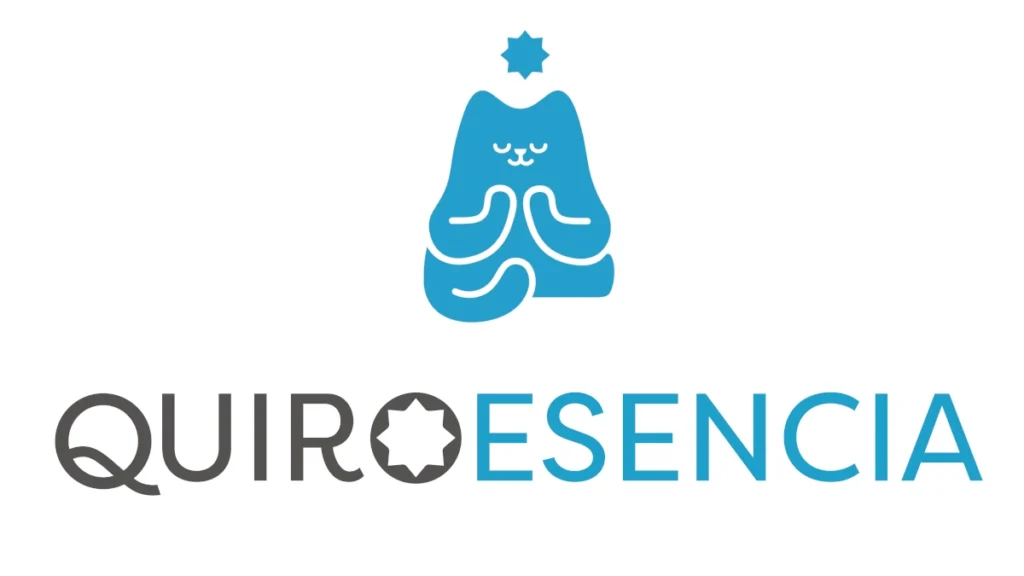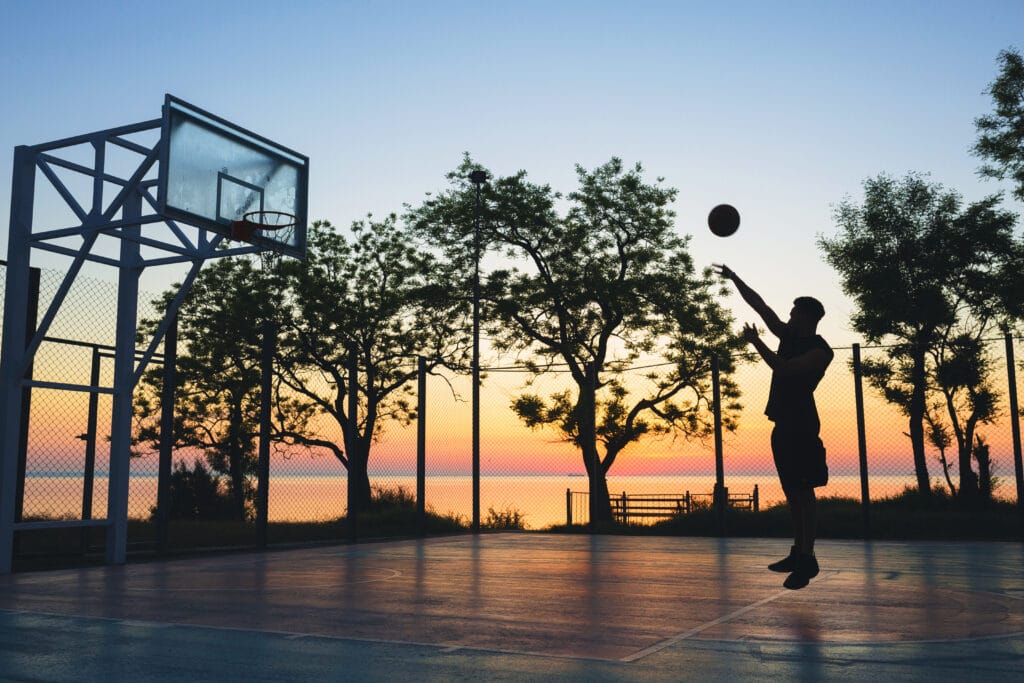Chromotherapy in sports: benefits for muscle recovery and physical performance
Chromotherapy in sports, also known as color therapy, is a natural technique that uses colors as a means to balance the energy of the body and mind. Although it may sound somewhat abstract at first, when you begin to understand how our biological systems respond to different visual and sensory stimuli, it makes perfect sense.
In my practice, I've observed that even skeptical people experience changes when this technique is applied appropriately and individually. For example, many athletes who come in after an intense competition and receive a massage session with a dim blue light report feeling their body "disconnect" from its state of alertness and a deep relaxation.
Energy and physiological foundations
From an energetic perspective, chromotherapy is based on the idea that each color emits a specific vibration that can influence our energy centers, known in Eastern medicine as chakrasEach of these centers is associated with different organs and functions. For example: Red is associated with vitality, strength, and stimulation of the circulatory system. Blue, on the other hand, calms the nervous system and helps relax tense or inflamed muscles.
From a physiological perspective, various studies have shown that exposure to certain colors can cause changes in heart rate, blood pressure, and even cortisol (the stress hormone) levels. For athletes, this can make the difference between superficial recovery and a deep, effective recovery.
In my practice, I combine chromotherapy with manual techniques such as chiromassage and osteopathy. For example, I apply yellow or orange light when working on the abdominal area to stimulate digestion and promote better oxygenation, especially in long-distance runners. I sometimes use red light to activate muscle groups before a more in-depth treatment for athletes who arrive with general fatigue.
Colors and their influence on the body
How each color affects the nervous, muscular, and emotional systems
Each color has a different frequency and wavelength, which triggers specific responses in our bodies. These responses are not only emotional, as we often think, but also physiological. Over the years, I have seen that chromotherapy in sports is useful for treating athletes seeking to balance their performance with proper recovery.
Here I summarize the effects of some key colors:
- Red: Stimulant. It increases blood circulation, raises body temperature, and improves energy. I use it, for example, before a competition or a demanding training session, especially for people who arrive very tired or feel "low-energy."
- BlueRelaxing. Reduces muscle tension, lowers heart rate, and promotes nervous system recovery. Very useful for inflammatory injuries or when an athlete can't sleep well after intense physical exertion.
- GreenBalancing. It has a harmonizing and sedative effect. I often apply it after cranial osteopathy sessions or deep tissue manipulations, because it helps the body return to a state of balance without overstimulation.
- Yellow: Stimulant for the digestive and nervous systems. Ideal for athletes who, due to the stress of training or competition, experience indigestion or mental fatigue. In post-competition sessions, yellow can help clear the mind.
- Orange: Vitalizing. A combination of red and yellow, it provides energy without overstimulating. I use it on people with general muscle fatigue or who need to "reconnect" with their body after periods of inactivity or injury.
Applications of chromotherapy in the sports field
Preparation before physical exertion
In the world of sports, preparing the body isn't just about warming up muscles. It also involves activating the nervous system, focusing the mind, and generating an optimal energy level. This is where chromotherapy can provide significant value as a complement.
Colors like the red and the orange They are used before training or competition because they stimulate circulation, increase energy, and activate muscles. In my practice, I often shine red or orange light on key muscle groups (such as the quadriceps or lats) for a few minutes before beginning the sports massage. This not only improves vascularity but also allows for a more effective and less aggressive massage afterward.
Additionally, some athletes visualize colors during their activation routine. For example, they visualize an orange light rising up their spine while doing dynamic stretches. This guided visualization technique, combined with breathing, strengthens the mind-body connection and improves mental focus.
Muscle stimulation and concentration
There are days when an athlete arrives with their body in the air, but their mind is scattered. In those cases, using colors like yellow It can help improve concentration and mental clarity. This color stimulates the central nervous system and is very useful before activities that require quick reflexes and coordination, such as tennis, paddle tennis, or soccer.
I've also worked with trail runners who, after several stages of competition, begin to feel their bodies "heavy" and unresponsive. In these situations, a couple of minutes of red light on the soles of the feet and calves, combined with upward massage, helps "wake up" the legs without further tiring the body.
Chromotherapy for muscle recovery
Pain relief and relaxation
After an intense training session or a competition, the body enters a phase that requires specific care. This is where chromotherapy shines, especially when combined with manual techniques.
Colors like the blue and the violet are ideal at this stage. Blue has a sedative effect: it slows breathing, lowers blood pressure, and relaxes muscles. Violet, on the other hand, acts on the nervous system, helping to release emotional and physical blockages, which is especially useful for athletes who face high levels of mental and physical demands.
In consultations, I apply blue light to inflamed or contracted areas while performing emptying or passive stretching maneuvers. In cases of generalized muscle soreness or overload, a session with ambient violet light, along with restorative massage and targeted breathing, facilitates deep relaxation that accelerates muscle regeneration.
Integration of chromotherapy in sports with other manual techniques
My experience combining chromotherapy with chiromassage and osteopathy
Since I began applying chromotherapy in my office, I've found that it's not a stand-alone therapy, but rather a tool that enhances the effects of other manual techniques. In the case of chiromassage, for example, the right light acts as a modulator of the nervous system. This means that the body receives the massage with greater receptivity, which improves muscular and emotional response.
A typical case: When treating a back contracture with deep kneading techniques, if I simultaneously apply blue or green light to the area, the tissue softens more quickly and the patient enters a state of relaxation that allows for deeper treatment without causing pain. It's as if the color "opens a door" that the body normally keeps closed due to tension or defense.
With osteopathy, especially in cranial or visceral treatments, the use of chromotherapy enhances the subtle effects. For example, when performing craniosacral release techniques, I often use violet or indigo light in the room. This helps calm the patient's mental activity and facilitates the full activation of their parasympathetic nervous system (the system responsible for recovery).
Results observed in athletes
Athletes, by nature, are very attentive to how their bodies respond. And one thing I've clearly observed is that those who receive manual treatments accompanied by chromotherapy report longer-lasting and deeper sensations of relief, as well as better recovery between sessions.
A specific anecdote: I treated a rugby player with persistent neck pain. Osteopathic manipulations temporarily improved his condition, but the tension soon returned. By incorporating chromotherapy into his sport (blue light on the cervical area and ambient violet light during the session), we noticed a more sustained improvement. He himself told me: "I feel as if my body not only loosens up, but understands that it can stay that way."
Practical tips for applying chromotherapy at home or in the office
Using lamps, filters and visualization
You don't need sophisticated equipment to benefit from chromotherapy. There are several practical ways to apply it, both at home and in a therapeutic setting:
- LED color lampsThey're an affordable and easy-to-use option. You can find lamps with multiple colors or even projectors that allow you to direct the light to specific areas of the body. For example, if you have leg strain, you can apply blue light for 10-15 minutes while doing gentle stretches or a self-massage.
- Color filters on light sources: They are placed over conventional lamps and modify the color of the light. This is a very useful method in consultations, especially if you already have adaptable lighting. I usually have red, green, blue, and violet filters, which I change depending on the type of session and the therapeutic goal.
- Guided color visualizationEven if there's no physical light, visualizing a specific color can trigger similar reactions. For example, during relaxation techniques, I invite patients to imagine breathing in a green or blue light that flows through their body. This helps them better connect with their internal state and facilitates the nervous system's response.
What colors to use depending on the objective
Here's a quick guide based on the effects I most look for when treating athletes:
- Activation before exercise: red or orange
- Concentration and mental clarity: yellow
- Muscle recovery and rest: blue or green
- Processes of prolonged physical or emotional stress: violet
It's important to remember that each person may respond differently. I always recommend observing how you feel after applying a color and adjusting accordingly. In consultations, I often ask, "How do you feel about this color?" and their answers guide me in tailoring the session to what their body truly needs at that moment.
A complementary tool with great potential
Chromotherapy is not magic, nor is it intended to replace other medical or therapeutic techniques. However, when applied with knowledge and sensitivity, Chromotherapy in sports can make a significant difference in physical and emotional well-being, especially in the world of sports.
From my experience as chiropractor and osteopathI've seen how the proper use of color can improve muscle recovery, help reduce post-competition stress, and prepare the body for better performance. It's a simple, accessible tool with no side effects, which integrates perfectly with massage, osteopathy, or regular sports practice.
The body is wise and responds to appropriate stimuli if we know how to listen to it. Chromotherapy invites us to return to the basics: light, color, and sensation. You don't need to understand everything scientifically to notice its benefits. Sometimes, simply letting the body relax under a blue light or visualizing a warm color is enough to initiate the change.
If you're an athlete, a therapist, or simply someone who wants to take better care of their body, I encourage you to try this technique. Color can also heal.

